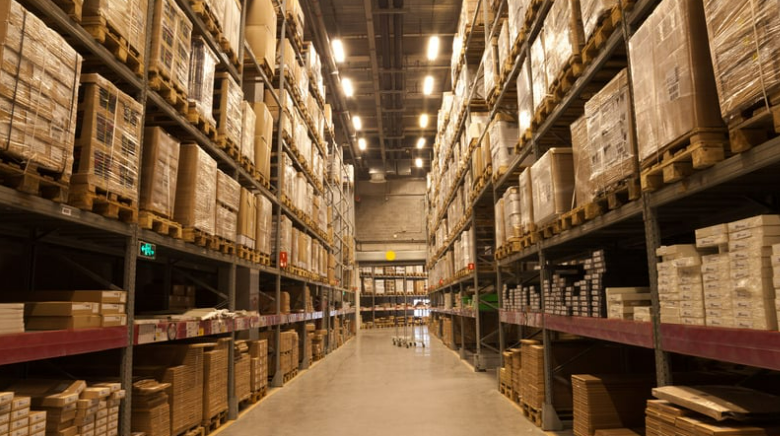Importance of Inventory Visibility in Warehouse Operations

Efficient warehouse management depends on knowing exactly what is stored, where it is located, and when it moves. A well-designed warehousing facility with strong inventory visibility allows businesses to meet customer demand promptly, lower carrying costs, and avoid errors that disrupt supply chains. Real-time information on inbound and outbound goods is essential for accurate decision-making, faster order fulfillment, and improved profitability.
Optimizing Space and Capacity
One of the biggest challenges in warehouse operations is ensuring the space available matches inventory needs without excess. Careful capacity planning helps maximize every square foot while keeping workflows smooth. Learning the best practices for warehouse capacity planning is very important for evaluating inventory turnover rates, seasonal fluctuations, and anticipated growth. By aligning storage requirements with these factors, companies can prevent overstocking, avoid unnecessary rental or expansion costs, and support precise inventory tracking. A balanced layout reduces congestion, speeds up retrieval times, and ensures that fast-moving items remain accessible.
See also: The Impact of Geographical Location on Residential Architecture
Improving Order Accuracy and Speed
Accurate inventory visibility means every item can be quickly located and updated in the system. This clarity minimizes picking errors and shortens fulfillment cycles. When employees know the exact location of products, order processing becomes faster and more reliable, reducing costly delays and customer complaints. Consistently accurate orders also decrease the expense of returns, re-shipments, and lost sales, strengthening overall operational efficiency.
Strengthening Supplier Partnerships
Even with strong internal controls, a warehouse strategy is only as effective as the partnerships supporting it. Collaborating with reliable third-party providers can improve scalability and reduce risk. Understanding how to select the right warehousing supplier is a crucial step in this process, as it ensures that your logistics operations align with both current and future business demands. Considerations like selecting the right warehousing supplier are key factors, as they also highlight the importance of evaluating technology systems, flexibility, and quality control practices. Choosing partners that value transparency and share real-time inventory data ensures seamless integration across the supply chain. This alignment helps maintain consistent stock accuracy, particularly when products move through multiple distribution centers.
Reducing Losses and Enhancing Forecasting
Comprehensive visibility is vital for preventing inventory loss, damage, and obsolescence. Tracking goods in real time allows managers to spot discrepancies early, investigate causes, and take corrective action before problems escalate. It also provides valuable historical data to forecast demand more accurately. Improved forecasting leads to smarter purchasing decisions, optimized stock levels, and healthier cash flow. By avoiding overproduction and understocking, companies can maintain the right balance between availability and cost.
Driving Overall Operational Efficiency
Inventory visibility supports more than just storage and shipping; it enhances every operational layer. Clear, accurate data aids in scheduling labor, managing equipment utilization, and coordinating transportation. It also improves compliance and auditing processes, reducing the time and cost of financial reporting or regulatory checks. The result is a warehouse that runs with fewer disruptions and delivers consistent service to customers and stakeholders.
Conclusion
Maintaining strong inventory visibility is fundamental to modern warehouse operations. From precise capacity planning to selecting dependable suppliers, accurate real-time data improves order accuracy, reduces losses, and strengthens forecasting. By integrating best practices and advanced tracking systems, businesses can streamline logistics, lower operational expenses, and ensure reliable product availability, securing both immediate savings and long-term growth.





